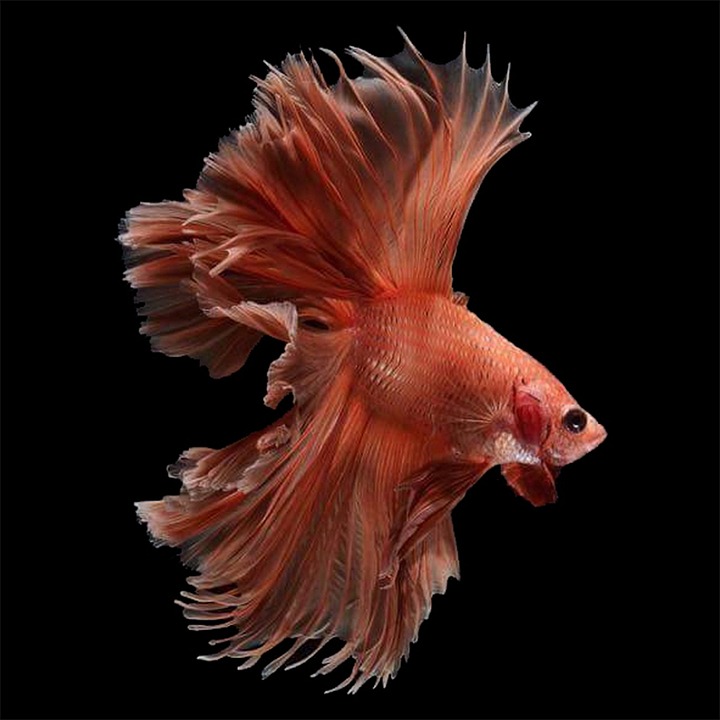Angelfish are one of the most popular species of freshwater fish among hobbyists. Their elegant appearance and graceful movements make them a captivating addition to any aquarium. However, to ensure the health and well-being of your angelfish, it is crucial to maintain a well-balanced fish tank. In this article, we will guide you through the essential steps to create the perfect environment for your beloved angelfish.
Before bringing home your angelfish, it’s essential to set up their new habitat properly. Here are the key factors to consider:
**1. Setting up the Ideal Tank**
**1.1 Tank Size**
Angelfish require ample space to thrive. A minimum tank size of 20 gallons is recommended for a pair of angelfish, but larger tanks are always better. A spacious tank will provide them with enough room to swim freely and minimize territorial disputes.
**1.2 Water Parameters**
Maintaining suitable water parameters is vital for angelfish health:
– Temperature: Angelfish prefer a warm water temperature between 78-82°F (25-28°C).
– pH Level: Aim for a slightly acidic to neutral pH, ideally between 6.5-7.5.
– Hardness: Keep the water hardness between 3-8 dKH.
Regular water testing and adjustments are essential to ensure optimal conditions for your angelfish.
**1.3 Filtration and Circulation**
Angelfish thrive in well-filtered water with adequate circulation. A high-quality, efficient filtration system will remove toxins and maintain water clarity. Additionally, gentle water movement created by a circulation pump or air stone will simulate their natural habitat and provide oxygenation.
**2. Creating a Suitable Habitat**
**2.1 Substrate**
Choosing the right substrate is crucial. Fine gravel or sand is ideal, as it mimics the soft riverbeds where angelfish naturally inhabit. Avoid sharp-edged gravel that can harm their delicate fins.
**2.2 Plants and Decorations**
Angelfish appreciate a well-planted tank with plenty of hiding spots. Live plants like Amazon swords, Java ferns, or Anubias not only enhance the aesthetics but also provide shelter and oxygenation. Additionally, incorporate driftwood, rocks, or caves into the tank to create hiding places and mimic their natural environment.
**2.3 Lighting**
Provide appropriate lighting to support plant growth and enhance the visual appeal of your angelfish tank. Opt for full-spectrum LED lights, which promote plant photosynthesis and showcase the vibrant colors of your fish.
**3. Feeding and Nutrition**
**3.1 Balanced Diet**
Offer your angelfish a well-balanced diet to ensure their optimal health. A combination of high-quality flake or pellet food supplemented with frozen or live foods is ideal. Incorporate variety by feeding them brine shrimp, bloodworms, or daphnia occasionally. Remember to provide appropriate portion sizes and avoid overfeeding, as it can lead to health issues and deteriorate water quality.
**3.2 Feeding Frequency**
Feed your angelfish small portions 2-3 times a day. This feeding schedule allows them to consume the food within a few minutes, preventing overeating and excessive waste accumulation.
**FAQs: Frequently Asked Questions**
**Q1: Can I keep multiple angelfish in the same tank?**
A1: Yes, angelfish are generally compatible with their own species. However, ensure your tank size is sufficient to minimize territorial disputes. A tank size of 30 gallons or more is recommended for a small angelfish community.
**Q2: How can I prevent aggressive behavior among angelfish?**
A2: Angelfish can display territorial behavior, especially during breeding. Provide ample hiding spots and visual barriers using plants and decorations to reduce aggression. Avoid overcrowding the tank and maintain proper water conditions to minimize stress.
**Q3: How often should I perform water changes in my angelfish tank?**
A3: Regular water changes are crucial to maintain water quality. Aim for a weekly water change of 20-30% to remove accumulated toxins and replenish essential minerals. Monitor water parameters and adjust the frequency if necessary.
**Q4: Can angelfish be kept with other fish species?**
A4: Yes, angelfish can coexist with other peaceful community fish. However, avoid keeping them with small, fin-nipping species like tetras or barbs. Research and ensure compatibility in terms of tank size, water parameters, and temperament before introducing new tank mates.
**In Conclusion**
Creating and maintaining a well-balanced fish tank for your angelfish is crucial for their overall health and happiness. From setting up the ideal tank to providing a suitable habitat and balanced nutrition, every aspect plays a vital role. Remember to monitor water parameters regularly, perform routine maintenance, and keep an eye on your angelfish’s behavior to ensure their well-being. By following these guidelines, you will create a thriving environment for your beloved angelfish and enjoy their beauty for years to come.









